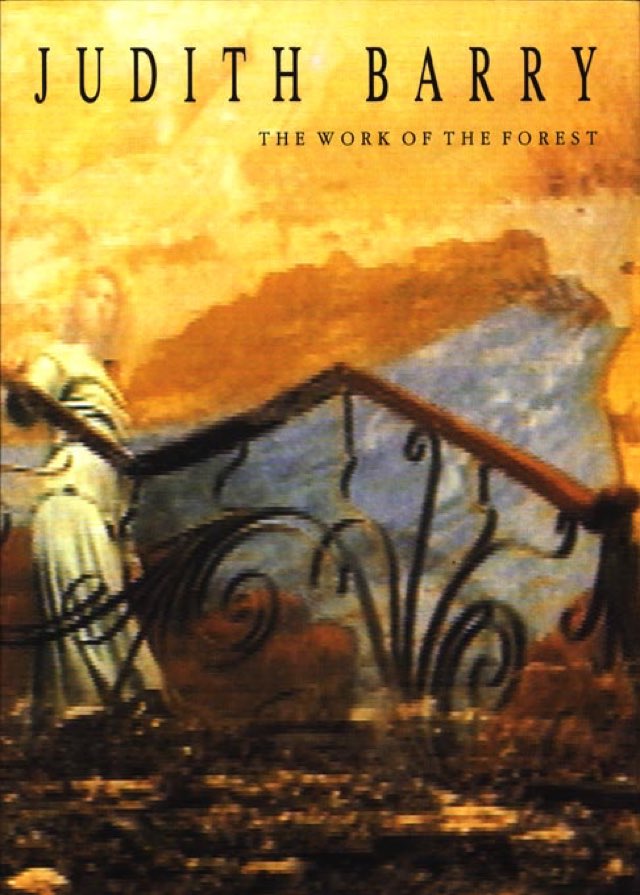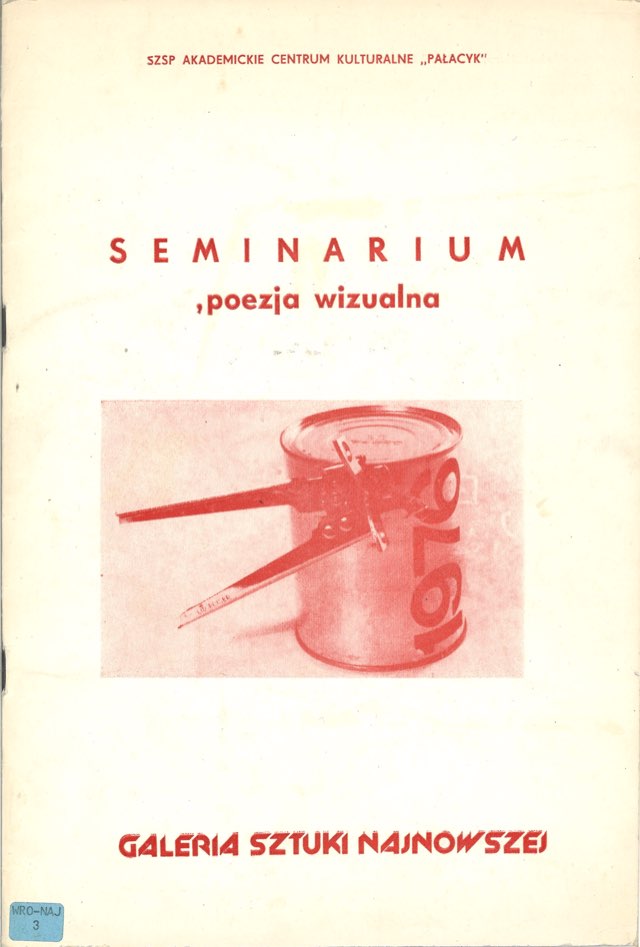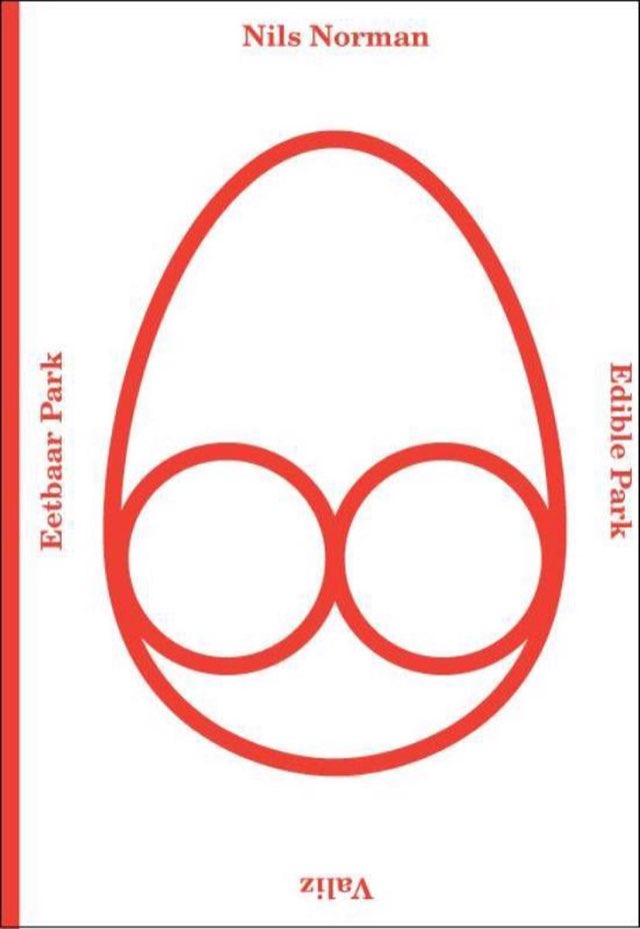Judith Barry "Judith Barry"
19.09–25.10.1992
de Appel, Prinseneiland 7, Amsterdam
de Appel, Prinseneiland 7, Amsterdam
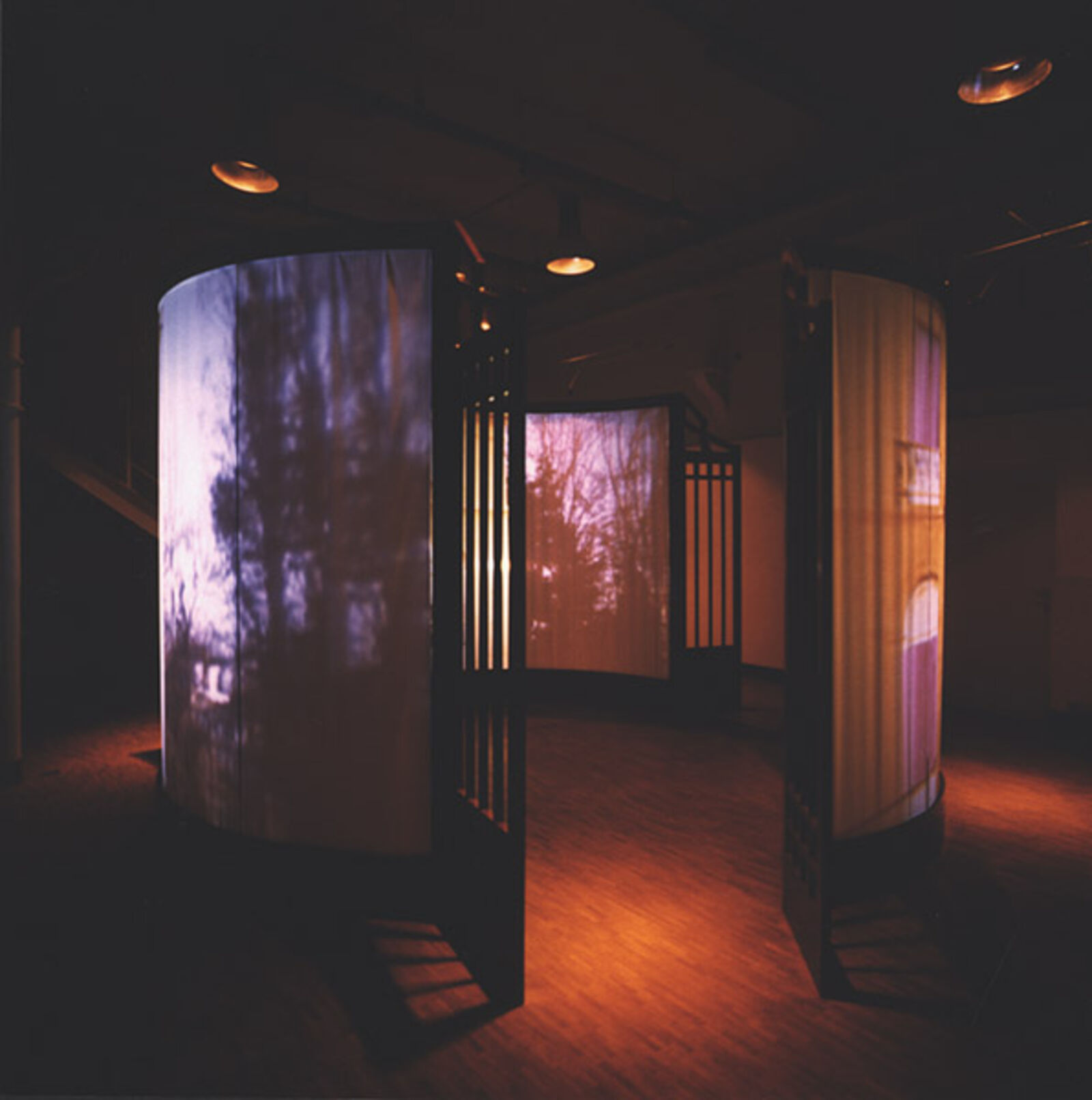
The work of the forest, Fondation pour l'Architecture, Brussels 1992
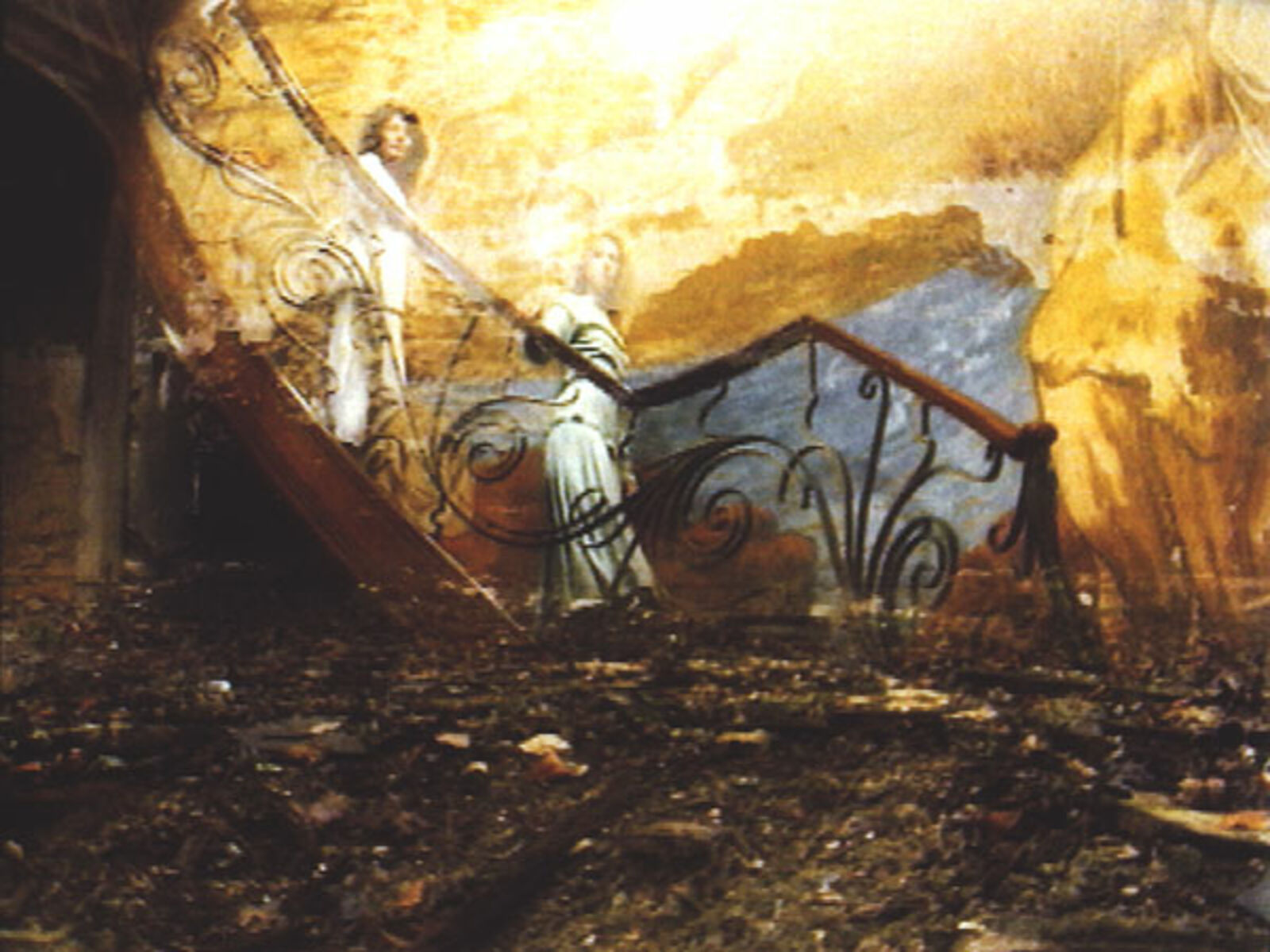
The work of the forest, 1992 (still) I
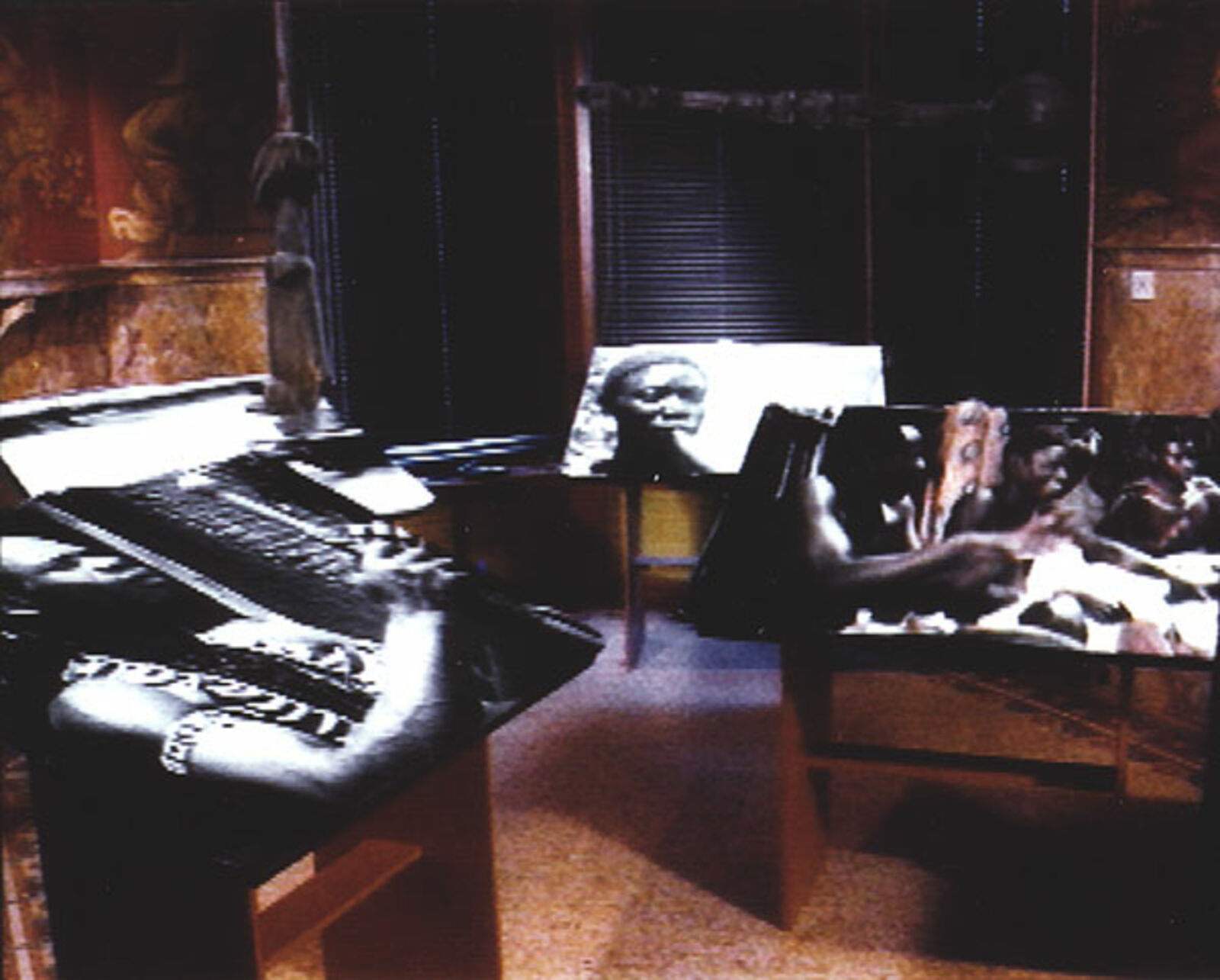
The work of the forest, 1992 (still) II
‘Mise-en-scène, architecture and history come together in 'The Work of the Forest', an installation created by the American artist Judith Barry for the Fondation pour L'Architecture, which was presented by De Appel from 19 September until 25 October. In Amsterdam, the project was shown as a work in its own right independently of the Art Nouveau exhibition of which it formed part when shown in Brussels. But the Art Nouveau connection was still visible in the screens - inspired by the work of architect Paul Hankar - on which three video films were projected, making an environment within which the viewer was accorded a central role. Barry demonstrated how, at the famous Brussels exhibition 'Exposition du 'Congo' in 1897, Art Nouveau functioned as a decor to make African objects and artifacts 'salonfähig'. "In Brussels, it was the feel of nature, the sensation of nature that was desired, nature brought inside, not tamed, not domesticated," said Barry. "This was nature from another place, a wild, untamed place, not from the gentle rolling farmlands, but from an exotic landscape far away. This was an adventure, a nature to be explored. This was Africa. It cannot go unremarked that all of the countries that possess an Art Nouveau tradition were involved in the colonization of Atrica." The three screens, arranged in a circle, were so constructed as to present a continuous panorama. Each film told a story, with subject matter such as the relationships between discoverers, traders and missionaries, the garden which Leopold II had laid out for himself as a replica of the 'African paradise', cannibalism and the commodification of Africans by Europeans. The viewer could follow these narratives from many possible standpoints, but would lose his sense of orientation when inside the circle. The whole structure was more comprehensible from the outside, where the viewer could choose which story to concentrate on.’ (Invitation text by Saskia Bos)
See also
